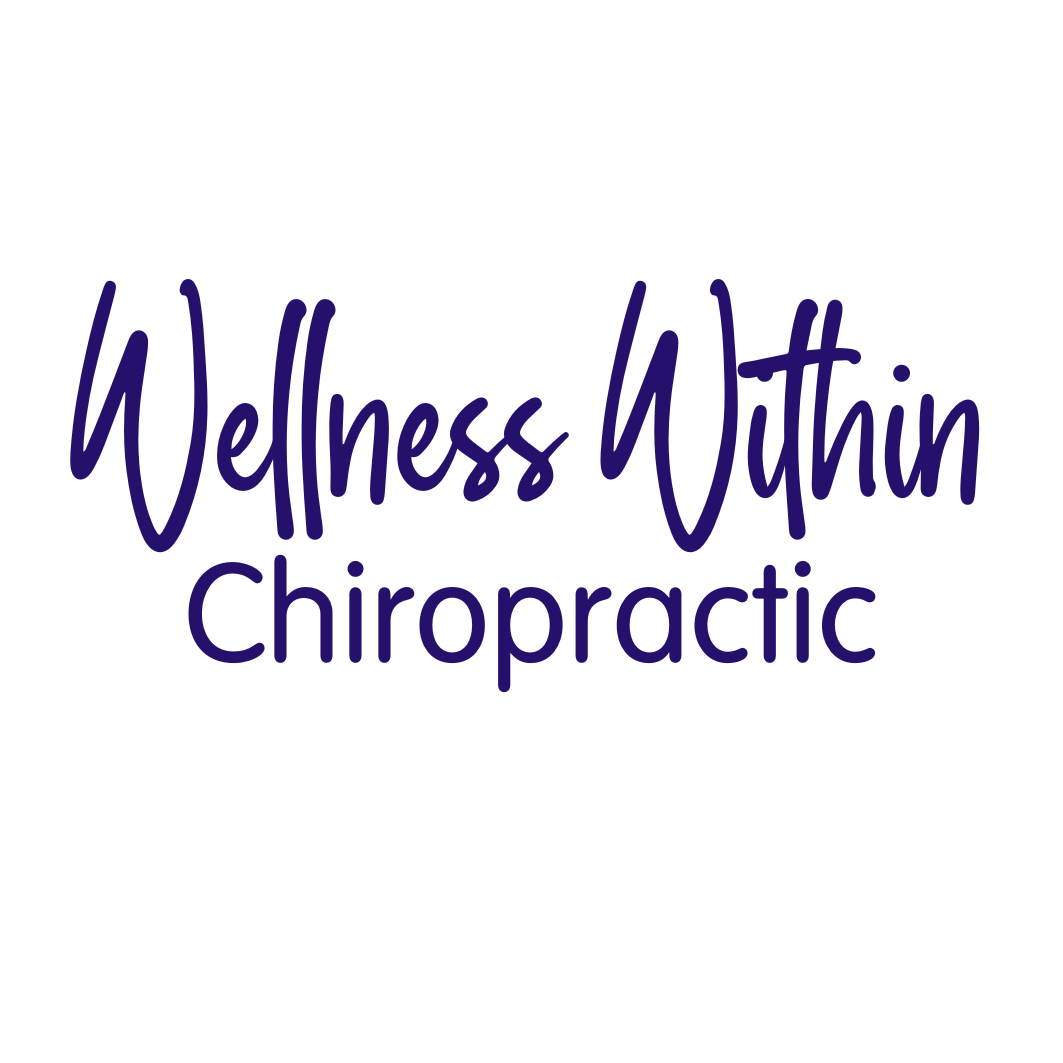The Hidden Physical Effects of Emotional Stress You Need to Know
Amid the pressures of today’s fast-moving society, emotional stress has become an unwelcome companion for many of us. It manifests in various forms, from work pressure and financial worries to relationship challenges and personal anxieties. While we often recognize the toll it takes on our mental well-being, we often overlook its profound impact on our physical health. In this blog, we'll explore how emotional stress can lead to subluxations in the spine, how subluxations can disrupt body function, highlight common sources of emotional stress, and provide practical tips to reduce this burden on our bodies.
Emotional Stress and Subluxations:
Emotional stress can wreak havoc on our musculoskeletal system, particularly our spine. When we experience emotional, physical, or chemical stress, our body responds by tensing muscles, often unknowingly. Prolonged muscle tension can gradually shift the alignment of the spine, leading to misalignments known as subluxations. These subluxations interfere with the optimal functioning of our nervous system, which controls and coordinates all bodily processes. Over time, this can contribute to pain, discomfort, and a range of health issues.
Impact on Body Function:
The consequences of emotional stress extend far beyond stuck joints. Our body's stress response, which can be triggered by both emotions and subluxations, releases hormones like cortisol. Cortisol, in excess, can negatively affect various body systems. For instance, too much cortisol can weaken our immune system, making us more susceptible to illnesses. It can also disrupt digestion, contributing to issues like irritable bowel syndrome.
When emotions or subluxations trigger the stress response, our ability to adapt to our environment is also compromised. Adaptation is what allows us to maintain homeostasis or balance in the body, thereby reducing stress. The ability to adapt allows us to overcome challenges, seize opportunities, and thrive in new circumstances.
Common Examples of Emotional Stress:
Emotional stressors are prevalent in our daily lives, often going unnoticed. Some common examples include:
1. Work-related stress: Tight deadlines, excessive workload, contending with difficult coworkers, poor management, a job that involves constant exact precision, dealing with life-or-death situations, and job insecurity.
2. Relationship challenges: Conflict with family members, friends, or romantic partners, divorce, infidelity, isolation, lack of social support, bullying, and poor communication.
3. Financial pressures: Debt, financial instability, and difficulty meeting financial obligations.
4. Health concerns: Chronic illnesses, anxiety, depression, prolonged/chronic pain, terminal conditions, or uncertainty about one's state of health.
5. Traumatic experiences: Loss of a loved one, accidents, school shootings, unexpected major life changes, or emotionally distressing events.
Stress Emotions:
Emotional stress can stem from a variety of intense emotions that take a toll on both the mind and body. Fear often triggers a fight-or-flight response, leaving the body in a heightened state of tension. Anger, while natural, can create a surge of energy that feels overwhelming if not properly expressed. Grief, the deep sorrow tied to loss, can feel all-consuming and leave one emotionally drained. Anxiety, with its constant unease and restlessness, can make it difficult to focus or relax. Worry, often a companion to anxiety, creates a mental loop of “what ifs” that magnifies stress. Depression can bring a persistent sense of sadness and hopelessness, leaving one feeling detached and unmotivated. These emotions, while part of the human experience, can accumulate and create significant emotional stress when left unchecked. Learning to recognize and address them is key to maintaining emotional well-being.
Reducing Emotional Stress Load:
While it may be impossible to eliminate all sources of stress, there are practical steps we can take to reduce its burden on our bodies. Consider the following tips:
1. Prioritize self-care: Engage in activities that bring you joy and relaxation, such as exercise, hobbies, meditation, or spending time in nature.
2. Establish healthy boundaries: Learn to say "no" when necessary, delegate tasks, and avoid overcommitting yourself.
3. Seek support: Reach out to friends, family, or professionals who can provide a listening ear or guidance during challenging times.
4. Practice stress management techniques: Deep breathing exercises, yoga, mindfulness, meditation, gratitude practice, doing activities you love, or journaling can help alleviate stress and promote emotional well-being.
5. Maintain a healthy lifestyle: Adequate sleep, balanced nutrition, and regular physical activity contribute to resilience against emotional stress.
6. Get Chiropractic care: Chiropractic care can be a powerful tool in managing emotional stress by addressing the connection between the mind and body. Stress often manifests physically, causing tension in the muscles, misalignments in the spine, and disruptions to the nervous system. Chiropractic adjustments help restore proper alignment, reducing physical tension and allowing the body to function more optimally. This, in turn, supports the nervous system’s ability to manage stress more effectively, promoting relaxation and balance. Many patients also report improved sleep and a sense of calm after chiropractic care, which further aids in reducing the mental and emotional burdens of stress.
Conclusion:
Understanding the profound impact of emotional stress on our bodies is crucial for overall well-being. By recognizing the connection between emotional stress, spine misalignment, and disrupted body function, we can take proactive steps to reduce stress and support our health. Prioritizing self-care, adopting stress management techniques and Chiropractic care can empower us to lead healthier, more balanced lives in the face of daily challenges. Remember, by caring for our emotional health, we nurture our physical well-being too.

